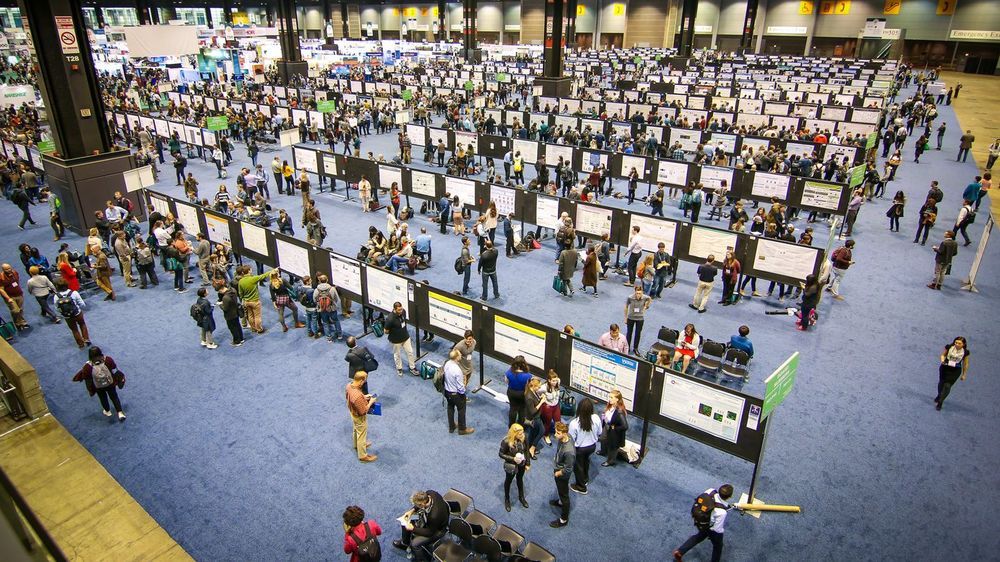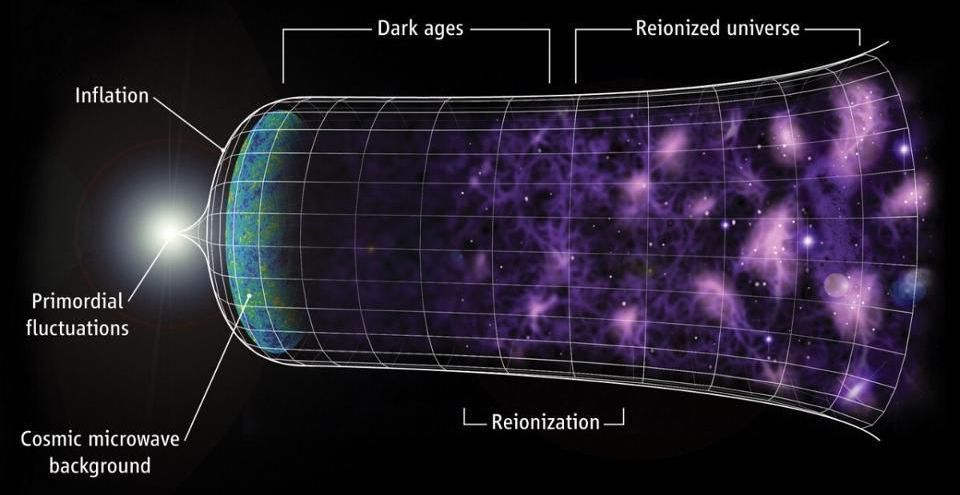You can protest about the Environment all you want, while some of us actually plant trees to heal it. Kenya is one country that has been instrumental in planting trees. Wangari Maathai had a coffin made of hyacinth, showing how real she was even in death. Ethiopia recently set a record planting trees. Some people talk, while others do. One Kenyan woman’s organization planted over 51 million trees, and still counting. #BeTheDifference
Equity Group has announced plans to implement an ambitious project to plant 35 million trees across the country within a year.
In an effort to conserve the environment, Equity has partnered with Kenya Forest Service (KFS) to promote Farm Forestry Initiatives.
The initiative is aligned to Kenya’s Big Four Agenda on Food Security and Youth Employment.








